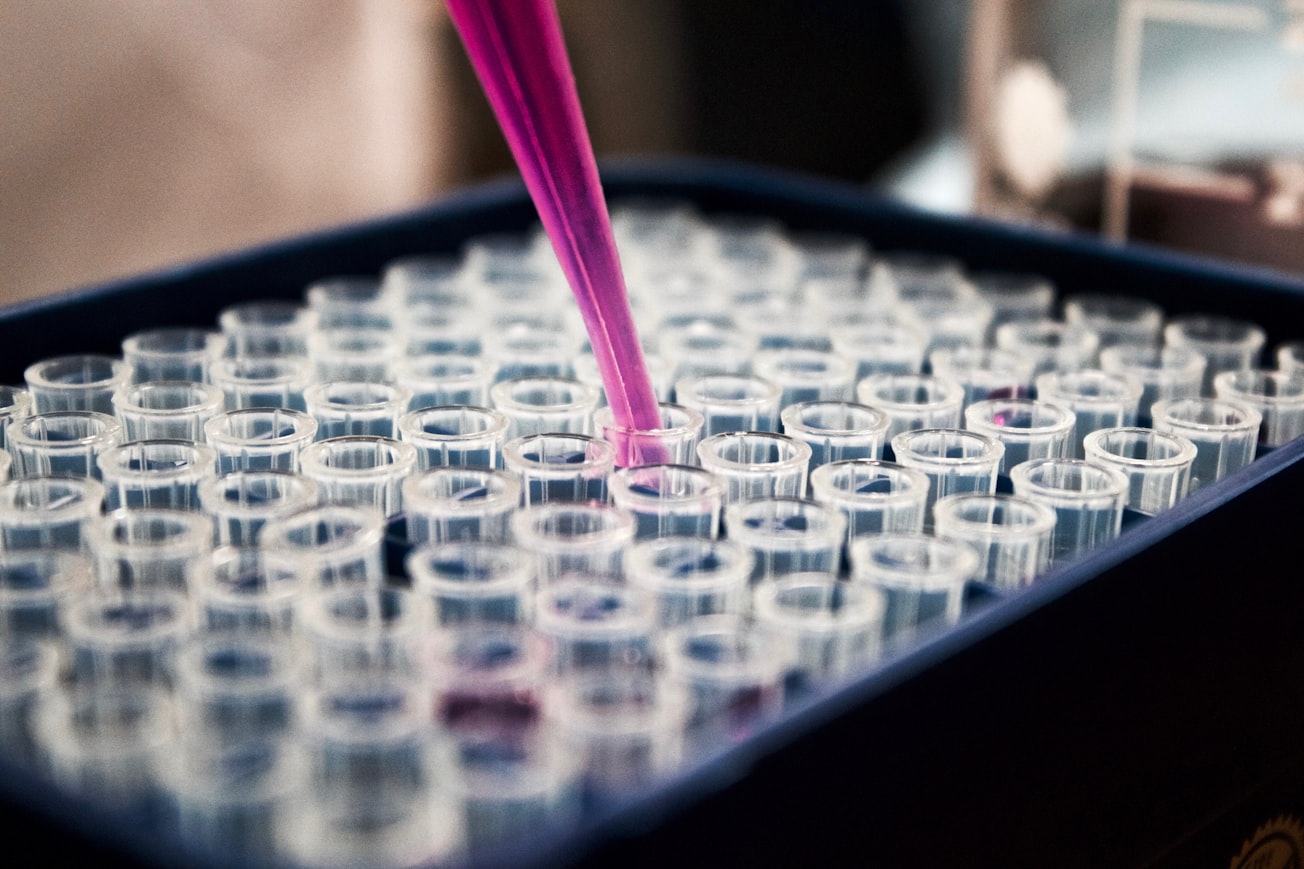What is it about?
The COVID-19 pandemic has been an unforeseen challenge for the global healthcare system, which lacks well-calibrated treatment regimens to tackle this novel disease. Learning more about the virus itself can open the doors to better and more accurate treatment options. One potential "Achilles' heel" of the virus, the main protease or Mpro, is the one of most lucrative antiviral targets since it is responsible for the main biological activities. Inhibiting this Mpro can prevent viral replication, but specific inhibitors haven't been discovered yet. The authors of this study use molecular dynamics simulations to identify high-potency drug molecules, inhibitors, and docking sites for ligands and their stability inside Mpro's pocket. They combined computational data with existing experimental results to theoretically elucidate the ligand-binding mechanisms between Mpro and various marketed drug molecules to test their action against the COVID-19 virus. The results reveal that the binding stability of a ligand can be increased if it binds itself to the "anchor" site in the Mpro's pocket via hydrophobic interactions; antiretroviral drugs like nelfinavir can be good candidates for this treatment.
Featured Image

Photo by Louis Reed on Unsplash
Why is it important?
Drug development is an arduous and expensive process. It involves determining the structural components of the drug and target protein at an atomic level, understanding their binding mechanisms, and finding ways to improve the selectivity and affinity. Considering the urgency of the global pandemic, computational molecular dynamics and docking studies can help prioritize the testing process and expedite the discovery of highly potent drug molecules that can fight COVID-19 infection. The findings of this study can help develop highly potent Mpro inhibitors for the COVID-19 virus. KEY TAKEAWAY: The study shows that the potency of a COVID-19 drug can be improved by designing a ligand with a hydrophobic bulky group that can occupy the "anchor" site inside the virus' Mpro pocket.
Read the Original
This page is a summary of: In Silico Exploration of the Molecular Mechanism of Clinically Oriented Drugs for Possibly Inhibiting SARS-CoV-2’s Main Protease, The Journal of Physical Chemistry Letters, May 2020, American Chemical Society (ACS),
DOI: 10.1021/acs.jpclett.0c00994.
You can read the full text:
Resources
- Related Content
Looking it how we can develop vaccines more quickly
Vaccine development is the best solution to public health emergencies like the COVID-19 pandemic. If we can develop vaccines more quickly and competently, we will be better prepared to face future pandemics.
- Related Content
A new sensor that speeds up COVID-19 diagnosis and may be useful for other viruses
The heat and light monitoring sensor is a reliable and cost-effective tool for diagnosing COVID-19. It is sensitive enough that it may also make it easier for us to distinguish the COVID-19 virus from other viruses.
Contributors
Be the first to contribute to this page







